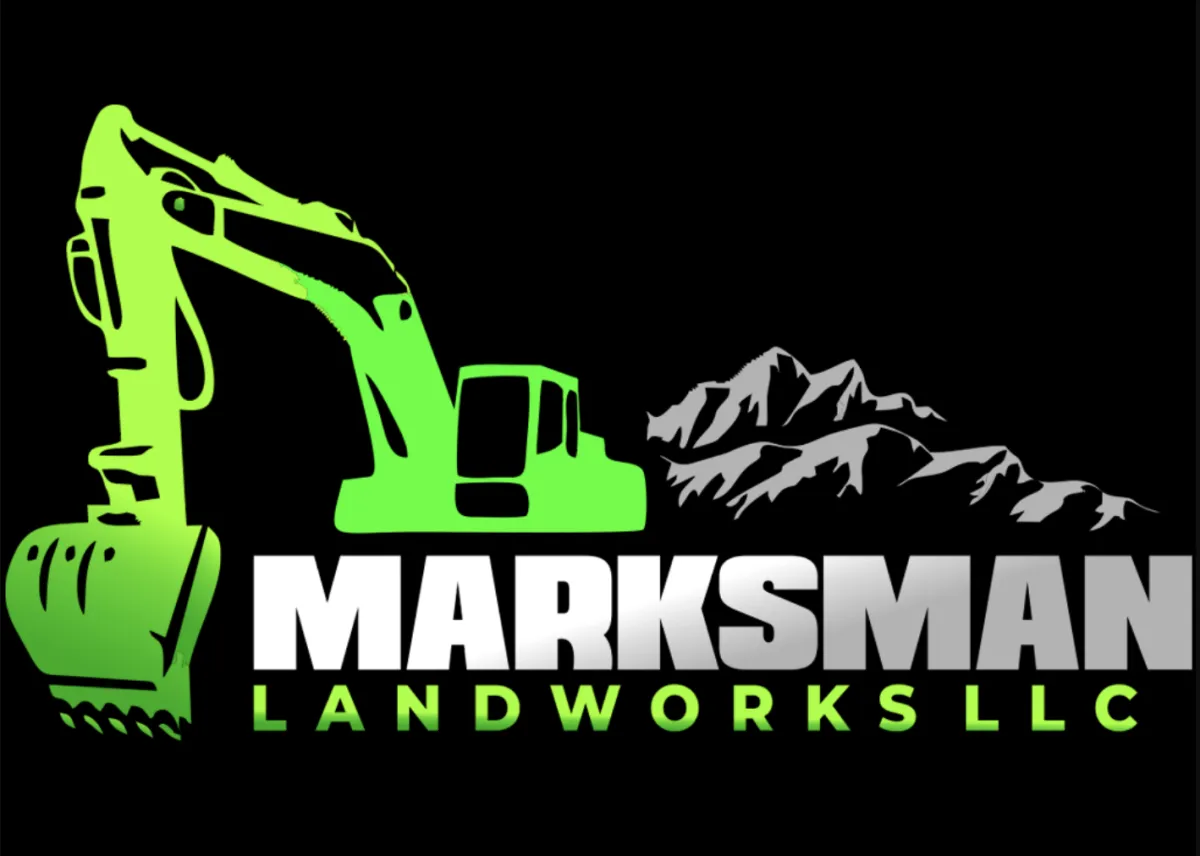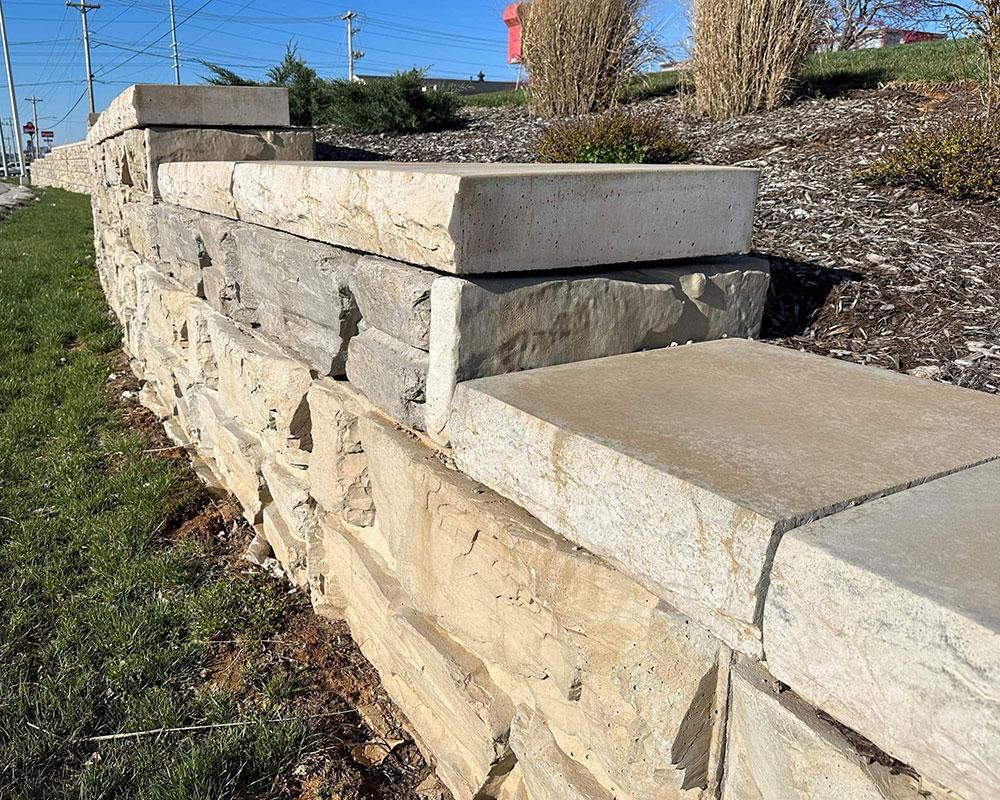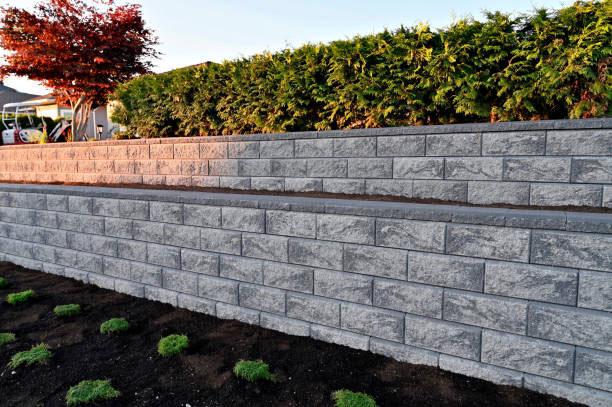
Serving Counties: (North Carolina): Polk, Rutherfordton (South Carolina): Cherokee, Spartanburg, Boiling Springs
Retaining walls near Spartanburg County, South Carolina
Marksman Landworks LLC is Committed to superior quality and results!

AVOID COSTLY MISTAKES:
Do NOT hire an excavating contractor without first reading our free guide:
The ULTIMATE Excavation & Septic "Success Guide."

Retaining walls near Spartanburg County: what you need to know
If your yard slopes, soil washes out after storms, or you want flat space for a driveway, patio, or garden, a retaining wall can turn frustrating terrain into a useful, beautiful space. This guide walks you through how retaining walls near Spartanburg County projects work in South Carolina, why they matter, and how to hire the right local pro with confidence.
How Can We Help?


What “retaining walls near Spartanburg County” services actually do
A retaining wall service evaluates your site, designs a structure that resists lateral soil pressure, and builds it with proper drainage so it stays straight and strong. Typical tasks include grading, compacting, footings, weep or drain outlets, backfill selection, and surface finishes. Teams also coordinate utility locates, permits where required, and inspections to ensure the wall meets local code and manufacturer specs.
Benefits of retaining walls for homes and sites in Spartanburg County, South Carolina
Control erosion on clay and loam soils common in the upstate region.
Create usable, level areas for parking, play spaces, and outdoor living.
Protect foundations, driveways, and landscaping from runoff and slope creep.
Improve property value with stone, block, or timber accents that match your home.
Manage stormwater with engineered drainage behind and beneath the wall.
Reduce maintenance by stabilizing banks that otherwise need constant repair.
The benefits of hiring a Retaining walls near Spartanburg County specialist
Choosing a local specialist gives you site-specific knowledge. They understand soil types, rainfall patterns, freeze and thaw cycles, and neighborhood standards. You also gain access to suppliers for fast material delivery, warranty-backed systems, and the experience to avoid common failures like bulging, tilting, or clogged drains. A reputable contractor documents geogrid layers, compaction rates, and pipe locations, which protects you if you sell your home or add structures later.
Materials and styles you can choose
Segmental concrete block. Interlocking blocks offer strength and curves without mortar. Many systems integrate caps.
Natural stone. A high-end look with varied textures; great for garden walls and visible terraces.
Poured concrete. Clean lines and high capacity when reinforced and drained correctly.
Timber. A budget-friendly option for low walls when properly treated and anchored.
Pair any wall with drainage stone, perforated pipe, filter fabric, and geogrid if height, surcharge loads, or soil conditions demand reinforcement.
See Our Excavation & Septic Services

✔️ Septic Services
✔️ Sewer Repairs
✔️ Septic Repairs
✔️ Residential Excavation
✔️ Demolition
✔️ Forestry Mulching
✔️ Grading
✔️ Lot Clearing
✔️ Retaining Walls
Quality Services Launched FAST!

✔️ Full Site Preparation
✔️ Trenching
✔️ Land Clearing
✔️ Tree Services
✔️ Traditional System Installations
✔️ Aerobic Systems
✔️ Plastic/Poly and Concrete Septic Tanks
✔️ Drain Field Replacements
What Are You Waiting For?
The process for hiring a Retaining wall near Spartanburg County, South Carolina
Define your goal. Decide what the wall must do: hold a bank, create parking, frame a patio, or build terraced beds.
Request a site visit. A pro measures slopes, notes soil conditions, checks access for equipment, and identifies utilities.
Discuss design. Review height, length, curves, steps, guardrails if needed, and surface finishes. Ask about drainage details and geogrid reinforcement.
Confirm engineering. Taller walls, tiered systems, or walls supporting driveways often require engineering. Get drawings when needed.
Review permits. Some municipalities require permits based on height or proximity to property lines and roads.
Get a written scope. Ensure the proposal lists base thickness, block or stone type, drainage, fabric, and any geogrid layers.
Schedule and prep. Approve a timeline, utility locates, and staging areas for materials.
Build with inspection points. Confirm base preparation, first course alignment, drain placement, and backfill compaction before the wall is capped.
Final walk-through. Verify clean grading, functional weeps, and tidy seams. Keep photos and documentation for records.
What influences wall design and durability
Soil conditions. Clay holds water and expands, increasing pressure. Proper drainage and reinforcement counteract this.
Water management. A wall without drainage is a short-lived wall. Stone backfill, perforated pipe, weep outlets, and surface grading are essential.
Loads and surcharge. Driveways, fences, sheds, or pools near the wall add loads that change design choices.
Height and tiering. Lower, terraced walls can reduce pressure and blend into landscaping.
Frost and climate. Footings and base depth must address seasonal movement.
Aesthetics. Color, texture, and cap style affect curb appeal and property value.
How to compare proposals fairly
Ask each contractor to bid on the same scope. Look for notes on excavation depth, base thickness, block model, geogrid spacing, and the volume of drainage stone. Request proof of training for the specific block system, and ask for references with walls older than three years.
Preparing your property for installation
Clear personal items from the work zone and mark plants to keep. Expect short periods of noise and dust while the base is built and courses go up. If the project affects irrigation or lighting, coordinate shutoffs and reconnections.
Maintenance that keeps your wall performing
Inspect after heavy rain to ensure water exits at weeps. Keep mulch and soil below cap height so water does not pond. Clean out leaves that collect over the drain outlets.
Why local matters for retaining walls near Spartanburg County, South Carolina
Local teams are familiar with nearby suppliers, permitting thresholds, and neighborhood expectations. They know when a wall needs engineering, which soils drain slowly, and how to stage materials on tight sites. That local insight shortens timelines and helps you avoid redesigns after work has started.
Hours: Mon-Sat 7.30am-6pm
Extended hours by appointment only.
All rights reserved | Client Support Area